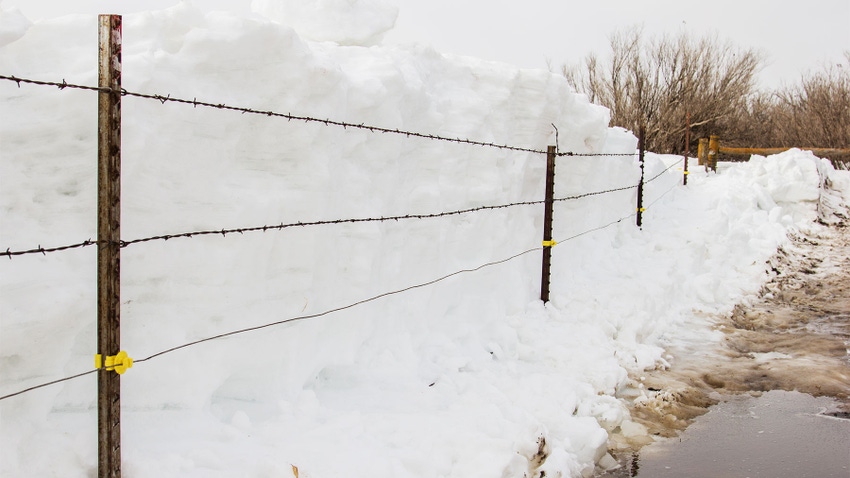December 22, 2023

Based on statewide average annual precipitation, the five wettest years in Minnesota history were:
2019 at 35.66 inches
1977 at 33.93 inches
2016 at 33.54 inches
1968 at 33.45 inches
2010 at 33.44 inches
Of these top five years, it’s interesting to note that 1968 concluded with the wettest December in state history, with a statewide average precipitation of 2.06 inches, more than twice the monthly normal.
The average snowfall across the state during December 1968 was between 20 and 25 inches. So as 1969 began, Jan. 1 snow depths ranged mostly from 20 to 30 inches, remarkably high for that time of year.
That January continued the above-normal precipitation trend from the previous year so emphatically that it proved to be the wettest January in state history as well.
This is the only time in state history when the wettest months of all time were recorded back-to-back, an extremely rare statistical anomaly.
Like the previous record-setting month of December 1968, January 1969 brought frequent low-pressure weather systems that delivered either rain or snow. For many Minnesota climate stations, half of the days of January 1969 brought measurable precipitation, and in the middle of the month, Glenwood in Pope County reported snowfall on six consecutive days.
Already covered with heavy snow to start the month of January, many agricultural counties saw not only a high frequency of snows, but also abundant snowfall totals. Argyle in Marshall County reported 28.8 inches of snow for the month, with 3.04 inches of liquid precipitation in that snow. Similarly, Willmar in Kandiyohi County reported 28.8 inches of snowfall, with 3.67 inches of liquid precipitation.
Elsewhere, Norwood-Young America in Carver County reported 21 inches of snowfall and 3.08 inches of precipitation, while Glenwood in Pope County reported 21.3 inches of snowfall and 3.22 inches of precipitation. Snowplow drivers in some rural areas were challenged to keep roads open.
Surplus precipitation fed soils
By the end of that very wet January, many northern Minnesota climate stations reported snow at 5 feet deep or greater. At Meadowlands in St. Louis County, the snow depth was 7 feet.
Several farmers in western and central Minnesota had difficulty keeping farm lanes and county roads open. Montevideo, Beardsley, Long Prairie, Tracy and Ottertail all had snow depths between 40 and 50 inches going into February.
Fortunately, February, although it brought major snowfall, produced enough warmer-than-normal days to melt some of the snow, and snow depths gradually decreased over the month to more manageable levels.
The balance of winter was moderate in snowfall, but many agricultural counties ended up with 60 to 80 inches of total snowfall for the winter 1968-69.
Following the back-to-back record wettest months of December 1968 and January 1969 and an abundant snow season, 1969 brought a drier-than-normal growing season. Also, all the surplus moisture that had been stored in the soil earlier in the year proved to be a good buffer against drought stress over the summer — proving once again what a blessing it is that we have soils so capable of storing moisture for later use.
More on Minnesota’s weather history is available in my book, the Minnesota Weather Almanac, Second Edition, available at most bookstores or through the Minnesota Historical Society Press.
Seeley is an Extension professor emeritus of meteorology and climatology at the University of Minnesota.
Read more about:
WeatherAbout the Author(s)
You May Also Like




